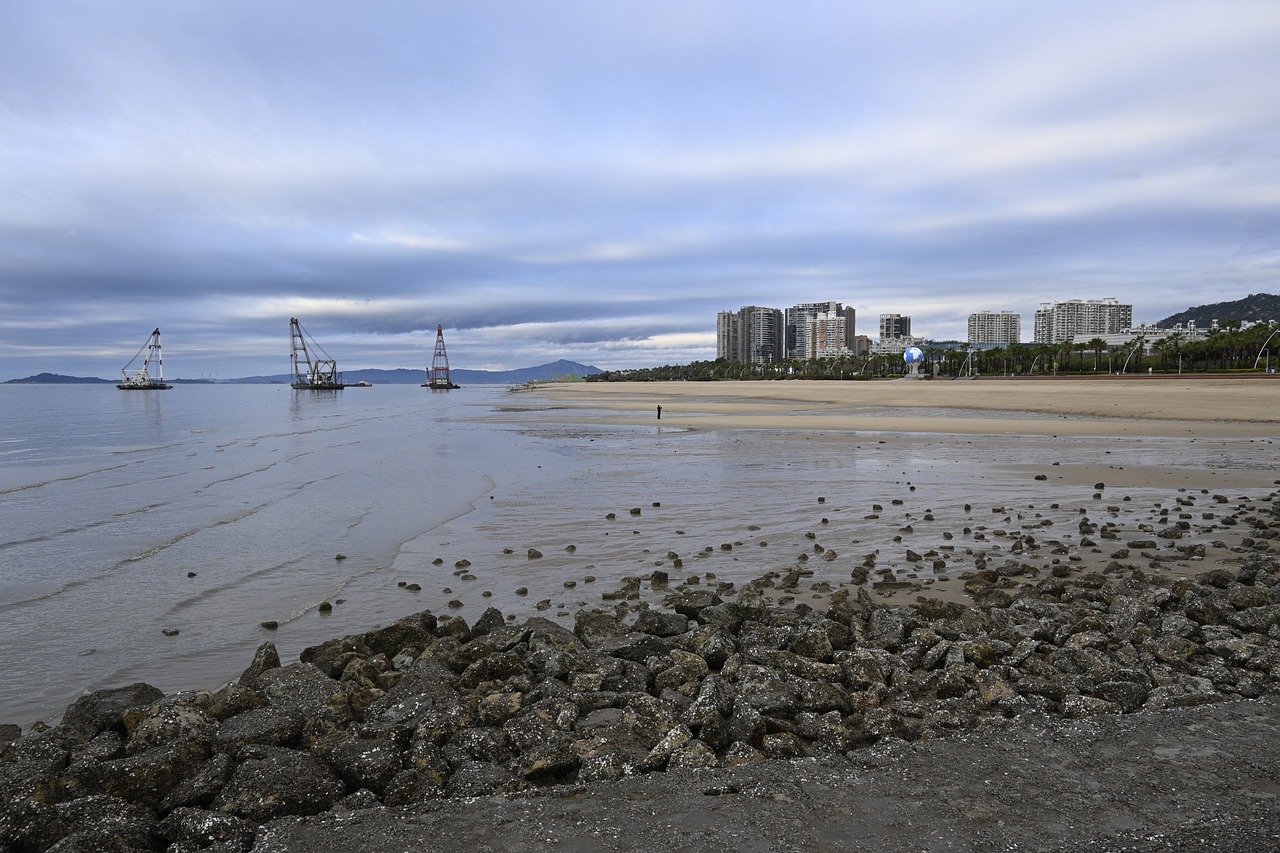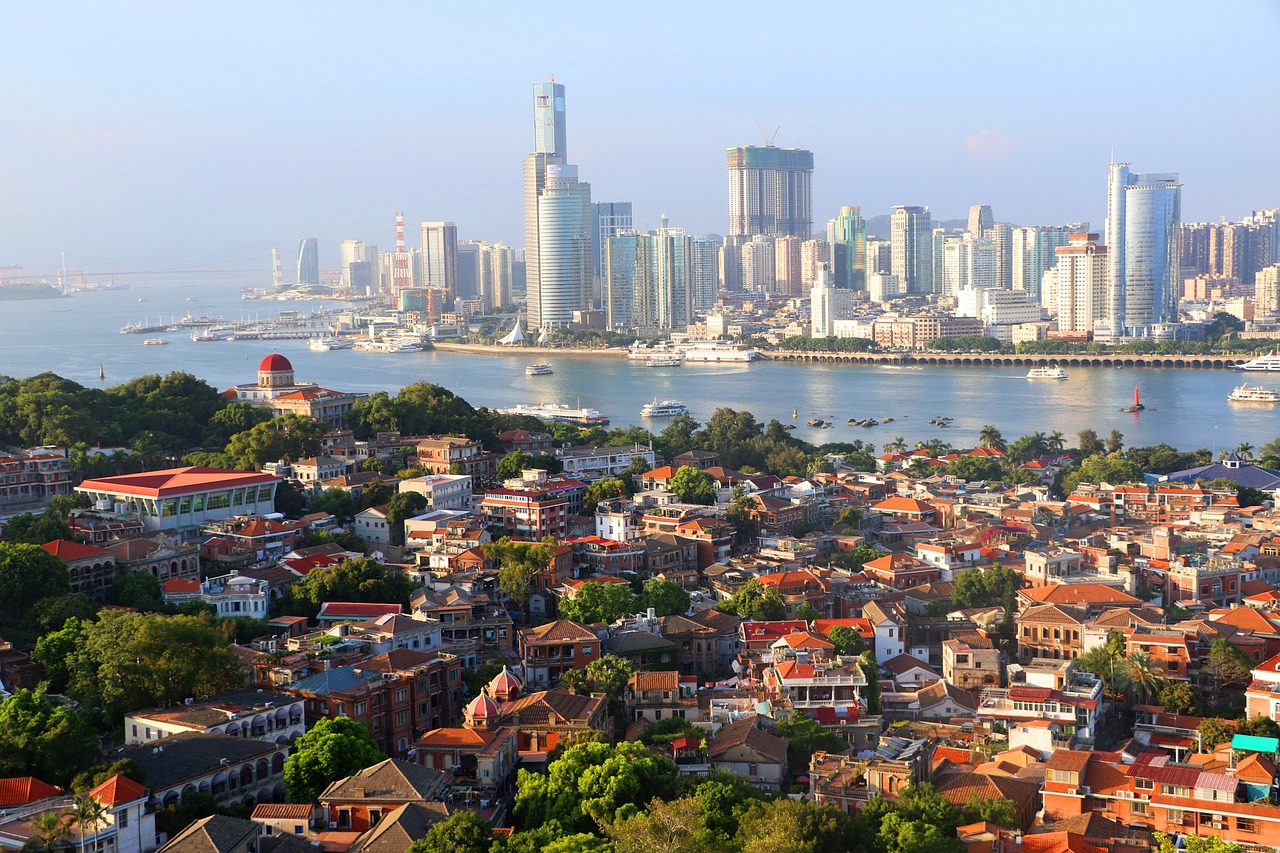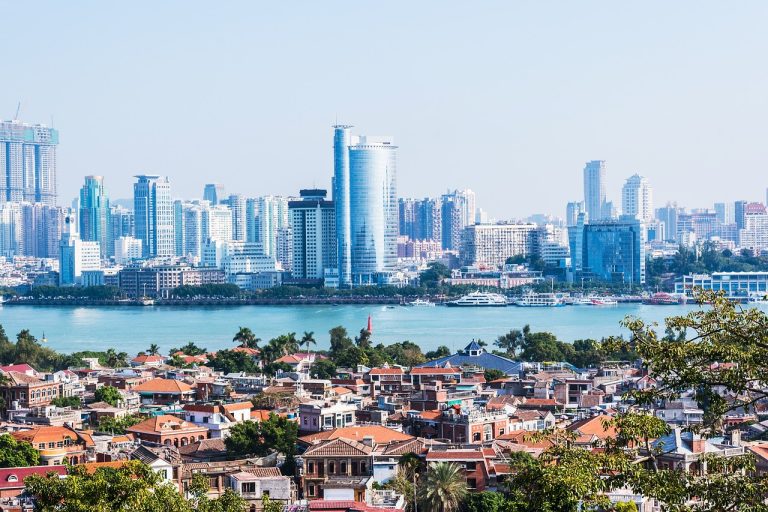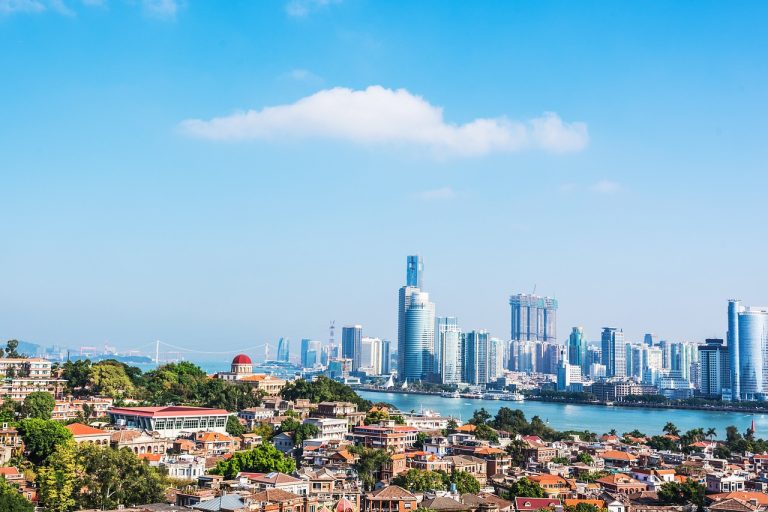Xiamen China Video
Xiamen China: A Cultural Evolution
Xiamen, located in the southeastern coast of China, is a vibrant city known for its rich cultural heritage and rapid development. With a history dating back thousands of years, Xiamen has witnessed significant cultural transformations that have shaped its identity and contributed to its present-day charm. This article explores the cultural evolution of Xiamen, highlighting key aspects of its history, traditions, architecture, cuisine, and more.
The Origins of Xiamen
Xiamen, also known as Amoy, has a long and storied past. Its history can be traced back to ancient times when it served as a vital port for trade and cultural exchange. The city’s strategic location along the maritime Silk Road attracted merchants from different parts of the world, resulting in a diverse mix of cultures and influences.
- Xiamen became an important trading hub during the Tang Dynasty (618-907 AD), facilitating commerce between China, Southeast Asia, and beyond.
- The area was later occupied by various dynasties, including the Song, Yuan, and Ming Dynasties, each leaving their mark on the city’s cultural landscape.
- The arrival of European colonial powers, such as the Portuguese and the British, further contributed to Xiamen’s cultural diversity.
These historical influences have shaped the unique blend of traditions, architecture, and cuisine that can be experienced in present-day Xiamen.
Xiamen China Image 1:

Xiamen’s Architectural Heritage
Xiamen is renowned for its distinctive architecture, which reflects a fusion of Chinese, Western, and Southeast Asian styles. The city’s architectural heritage is a testament to its multicultural past and showcases a harmonious integration of different design elements.
- Gulangyu Island, a UNESCO World Heritage site, is a treasure trove of architectural gems. Its historic buildings feature a blend of traditional southern Chinese, Western, and Japanese architectural styles.
- The Nanputuo Temple, dating back to the Tang Dynasty, exemplifies traditional Chinese temple architecture and serves as a significant religious and cultural center in Xiamen.
- The Huihe Stone Cultural Park showcases the intricate craftsmanship of Xiamen’s stone carvers, who have been creating elaborate stone sculptures and carvings for centuries.
These architectural landmarks serve as a visual testament to Xiamen’s cultural evolution and provide a glimpse into the city’s vibrant past.
Cuisine and Culinary Delights
Xiamen’s culinary scene is a reflection of its coastal location and cultural diversity. The city is renowned for its seafood, unique flavors, and fusion of culinary traditions.
- Xiamen’s famous seafood markets offer a wide variety of fresh catches, including fish, shellfish, and crustaceans. Visitors can indulge in delectable dishes such as seafood hotpot, steamed fish, and fried oysters.
- Hokkien cuisine, a local specialty, features a balance of flavors and textures. Signature dishes include oyster omelet, braised noodles, and peanut soup.
- The city’s vibrant night markets offer a plethora of street food options, allowing visitors to sample local delicacies like grilled squid, stinky tofu, and oyster pancakes.
Xiamen’s culinary delights are a testament to its cultural fusion and provide a unique gastronomic experience for visitors.
Xiamen China Image 2:

Cultural Festivals and Traditions
Xiamen is known for its vibrant cultural festivals and traditions, which provide a glimpse into the city’s rich heritage and offer opportunities for locals and visitors alike to immerse themselves in its cultural tapestry.
- The Lantern Festival, celebrated on the 15th day of the Lunar New Year, features colorful lantern displays, dragon dances, and traditional performances.
- The Mid-Autumn Festival, also known as the Moon Festival, is celebrated with family gatherings, mooncake sharing, and the iconic dragon boat races.
- The Mazu Pilgrimage, an annual religious procession, honors the goddess Mazu, who is revered as the protector of seafarers. The pilgrimage attracts thousands of devotees from around the world.
These festivals and traditions not only provide a glimpse into Xiamen’s cultural heritage but also foster a sense of community and celebration.
Nature and Scenic Beauty
Xiamen’s natural beauty is an integral part of its cultural evolution. The city is blessed with stunning landscapes, picturesque coastlines, and lush greenery, offering a tranquil escape from the urban hustle and bustle.
- Gulangyu Island’s pristine beaches and scenic walking trails provide a serene retreat for nature enthusiasts.
- Xiamen Botanical Garden, one of China’s largest and oldest botanical gardens, is a haven of biodiversity and offers a peaceful sanctuary for flora and fauna.
- Huandao Road, a coastal road encircling the island, offers breathtaking views of the sea and is a popular spot for cycling and leisurely strolls.
Xiamen’s natural wonders complement its cultural attractions, creating a harmonious blend of man-made and natural beauty.
Xiamen China Image 3:

Conclusion
Xiamen’s cultural evolution is a testament to its rich history, vibrant traditions, and diverse influences. The city’s unique blend of architectural styles, culinary delights, festivals, and natural beauty make it a captivating destination for travelers seeking a glimpse into China’s cultural tapestry. Whether exploring its historic sites, savoring its flavorsome cuisine, or immersing oneself in its vibrant festivals, Xiamen offers a truly enriching cultural experience.
References
– “Xiamen.” TravelChinaGuide.com
– “Gulangyu: A World Heritage Site.” XiamenChina.com
– “Xiamen Botanical Garden.” VisitXiamen.com





